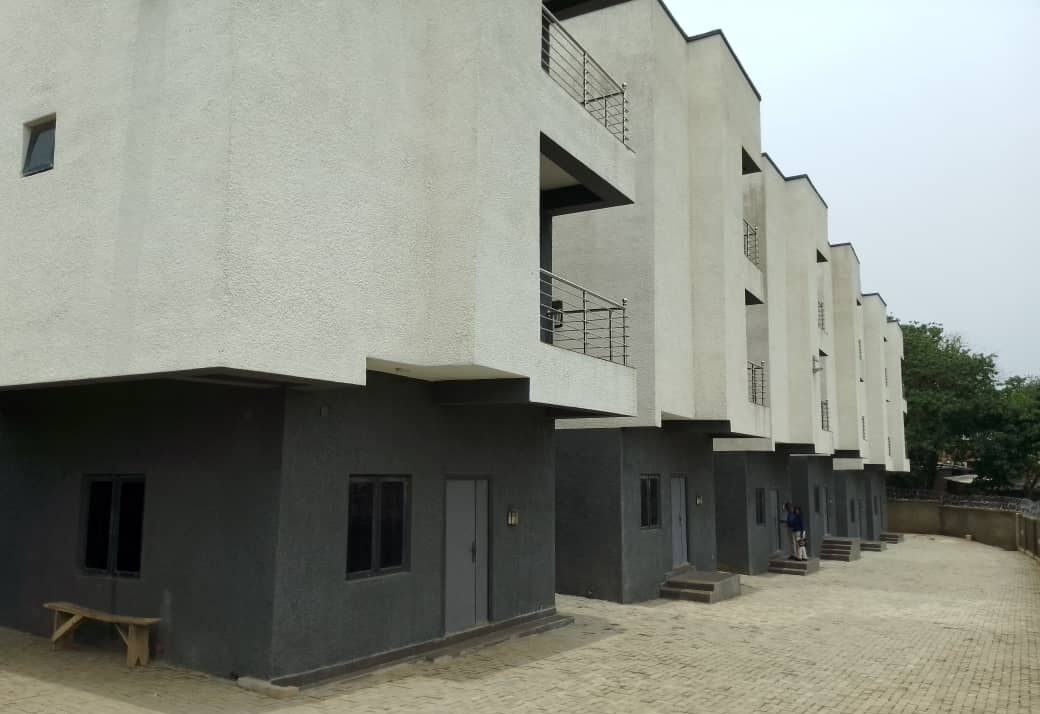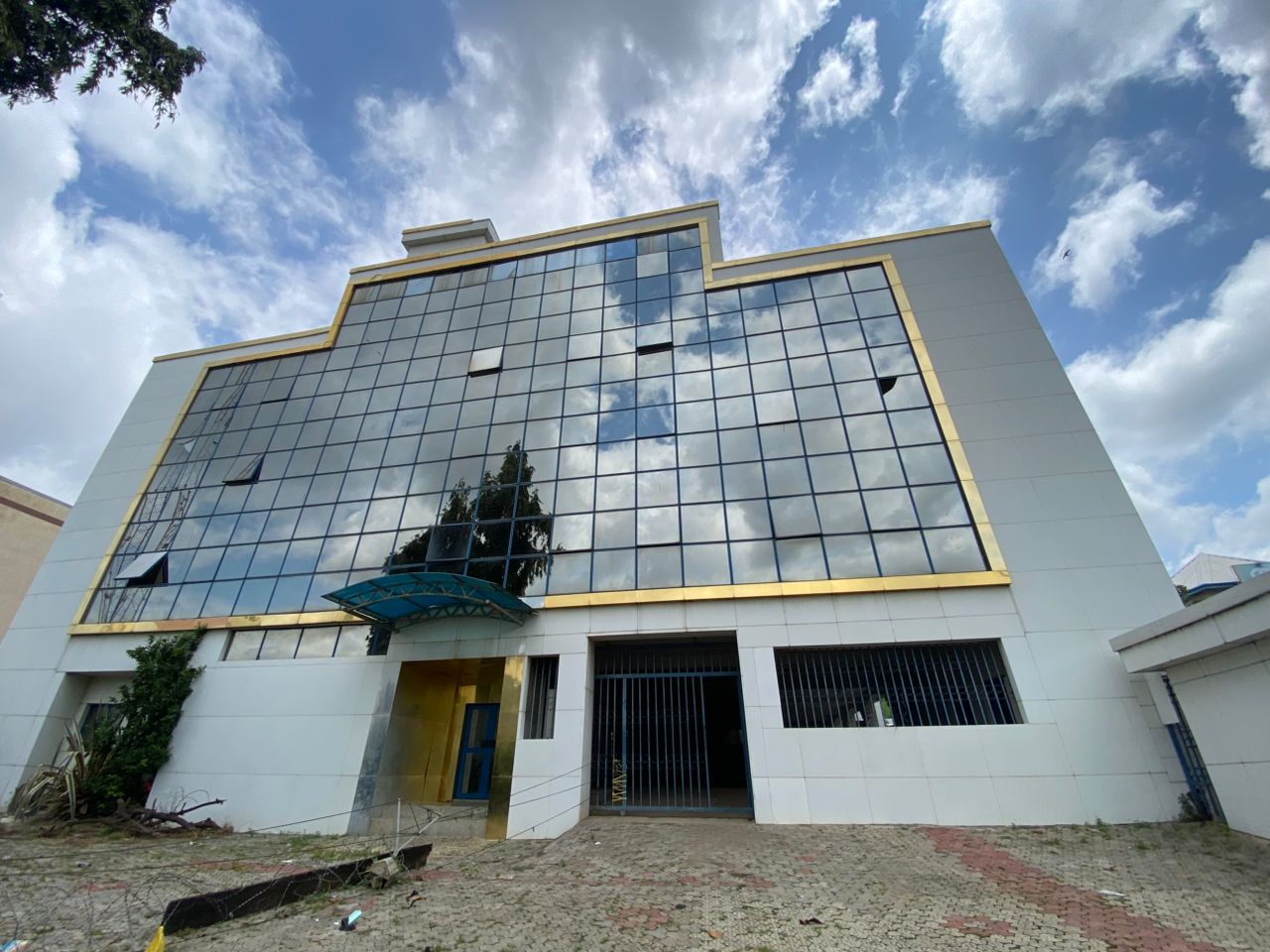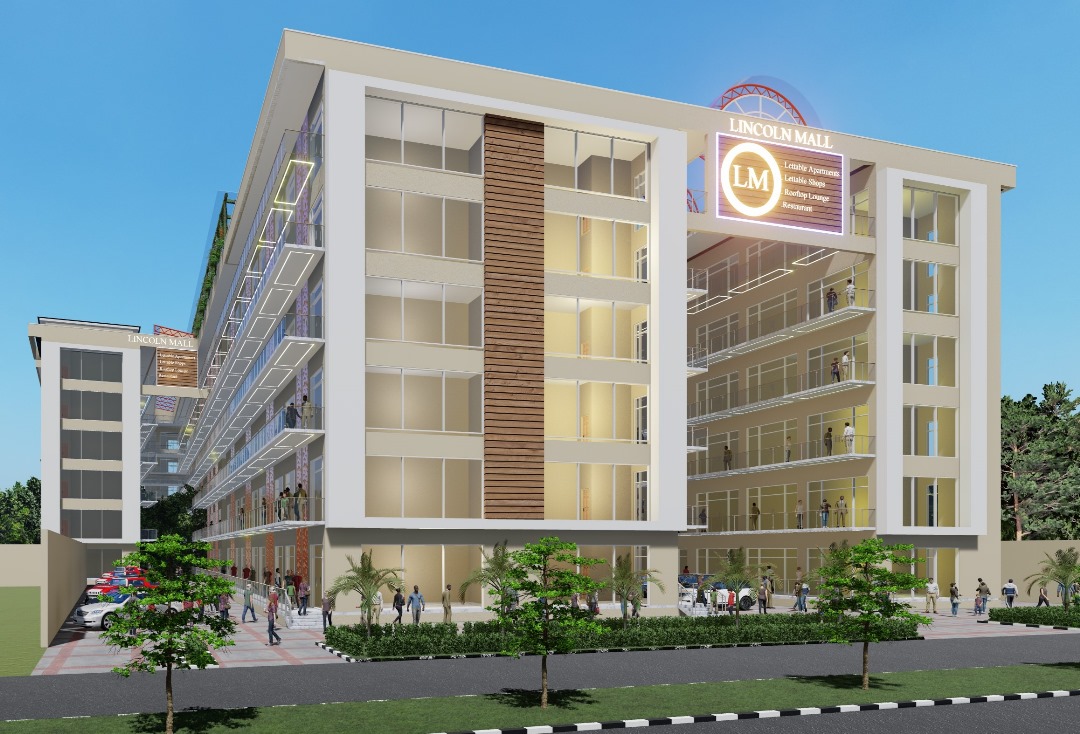The federal executive council granted approval to setup Inland Dry Ports in March 2006 at six locations across Nigeria. They were namely;
- Isiala- Ngwa- Abia State;
- Erunmu Ibadan – Oyo State;
- Heipang Jos – Plateau State;
- Funtua- Katsina State;
- Maiduguri – Borno State, and
- Dala, Kano State.
Of these 6, only Kaduna Inland Dry Port Limited got commissioned, and that was in 2018. It was not originally part of the six approved in 2006. It was setup the first port of origin for export and port of destination for import for hinterland and landlocked neighboring countries with no sea ports like Niger Republic, Chad, among others.
Check for available property in Abuja? Click here.
Here’s how a dry port typically works:
Location:
Dry ports are strategically located near major transportation networks, such as highways, railways, and airports, to facilitate efficient movement of cargo.
Transportation:
Cargo arrives at the dry port via various means of transportation, including trucks, trains, and sometimes barges. These modes of transport transfer containers from the seaport to the dry port or directly to the dry port from the hinterland.
Customs and Documentation:
At the dry port, customs and other relevant authorities carry out inspections, documentation, and clearance procedures for import and export shipments. This includes verifying cargo contents, assessing duties and taxes, and ensuring compliance with import/export regulations.
Browse videos of buildings for lease in Abuja for lease and for sale? Click here on YouTube.
Keywords: Dry ports, inland ports in Nigeria, how Inland ports work









